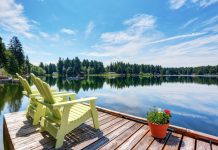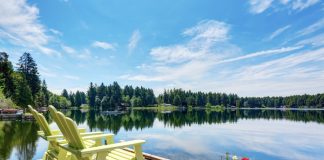
Creating a community recreational space can be a rewarding project that brings people together and enriches local culture. However, in the Caribbean, where vibrant and diverse traditions are celebrated, designing such a space requires careful consideration. Whether you’re a community leader, part of a local organization, or one among a group of passionate residents, this guide will help you understand the key aspects of creating a recreational space that truly reflects the spirit of your community.
Planning and Designing a Space That Reflects the Culture
To create a space that resonates with your community, you must start by incorporating elements that reflect the rich Caribbean culture. Think about using local art, colors, and materials quintessential to your area. You could include murals that depict local legends or traditions or use materials that help the structure blend into the surrounding architecture. Consider the activities that are popular in your community, and ensure there are designated areas for each of them.
Budgeting and Fundraising for the Project
One of the most important things to know about creating a recreational space is that it requires careful budgeting and fundraising. Begin by outlining all the potential costs, including materials, labor, permits, and maintenance. Once you have a clear budget, look into various fundraising options. Community events, bake sales, and crowdfunding campaigns can be effective methods for raising funds. If needed, try reaching out to local businesses for sponsorships or donations. Their financial support can significantly impact the feasibility of your project.
Engaging the Community in the Process
When creating a recreational space, it’s crucial to ensure that it’s a project by the community, for the community. That’s why you should always try to involve local residents in the planning and design process by holding meetings and workshops. Encourage people to share their ideas and suggestions. This not only ensures the space meets the needs and desires of the community but also fosters a sense of ownership and pride. When people feel involved, they’re more likely to use the space and take care of it.
Safety and Accessibility Considerations
Safety and accessibility are crucial factors to consider when creating a recreational space. Ensure that the area is well-lit and has clear pathways to prevent accidents. Consider the needs of all age groups and abilities by including ramps, handrails, and seating areas. Remember to also consider the importance of braille signs in recreational spaces. Be sure to include first aid kits and emergency contact information that are readily available as well. The safer and more inclusive the space is, the more it will be enjoyed by everyone.
The Impact of a Recreational Space on Community Well-Being
A well-designed recreational space can significantly enhance community well-being. It provides a place for physical activities, which promotes health and fitness. It also offers opportunities for social interactions, helping build stronger community bonds. Additionally, such spaces can be a source of inspiration and relaxation, contributing to the mental well-being of residents. By investing in a recreational space, you’re investing in the overall happiness and health of your community.





























